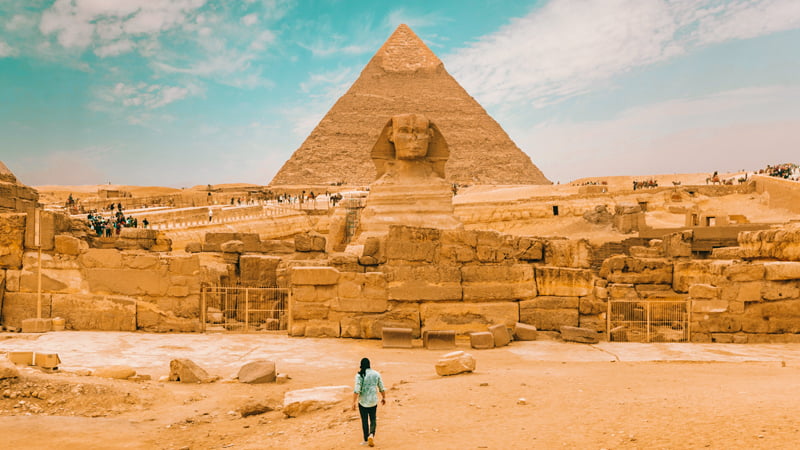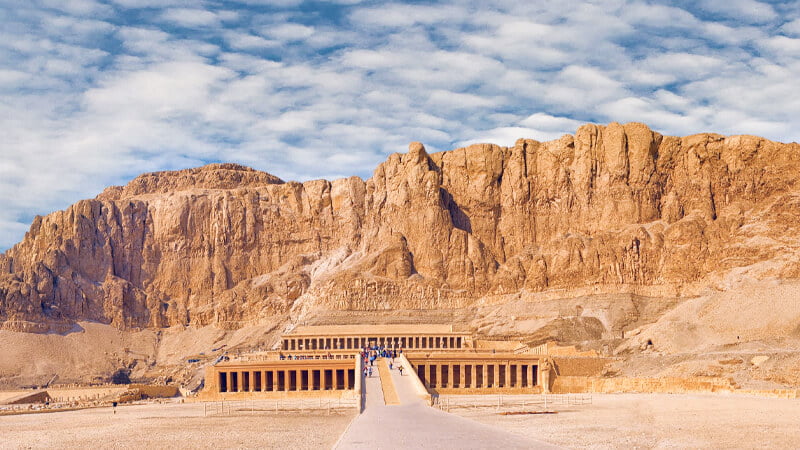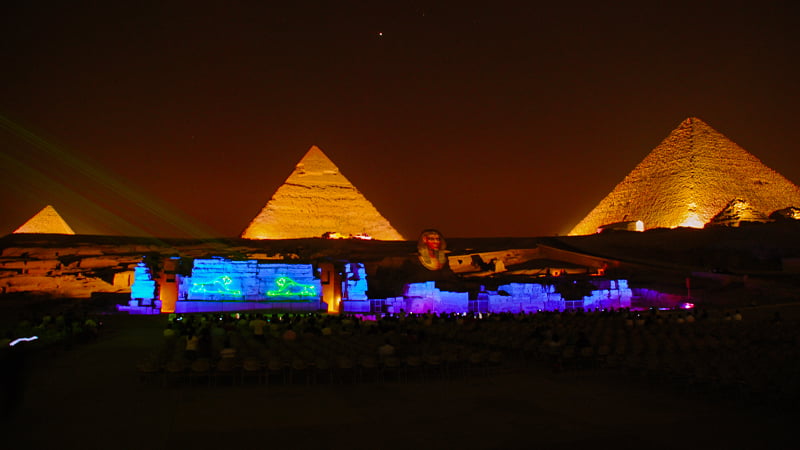Egypt, known for its rich history, magnificent pyramids, and vibrant culture, is equally renowned for its landmarks and multifaceted climate. The Climate of Egypt is a remarkable blend of scorching deserts, mild winters, and Mediterranean breezes. This article describes the climatic characteristics, seasons, and geographical influences that define Egypt’s weather patterns.
Unraveling the Climate of Egypt

Its geographical location and diverse landscapes notably shape the Climate of Egypt. Spanning across northeastern Africa and the Sinai Peninsula, Egypt borders the Mediterranean Sea to the north and the Red Sea to the east. This unique positioning significantly impacts its climatic variations.
Exploring the Climate of Egypt
Egypt’s climate can be broadly categorized into three distinct regions: the Mediterranean Coast, the Nile Delta, and the Desert Interior. Each area experiences its climatic nuances, resulting in diverse weather patterns throughout the country.
The Mediterranean Coast: Mild and Refreshing
The northern coastal regions of Egypt, including cities like Alexandria, enjoy a Mediterranean climate. Mild, wet winters and hot, dry summers define this area. Lush vegetation and agricultural activities thrive due to the abundant winter rainfall. The Mediterranean breeze brings a pleasant respite from the summer heat.
The Nile Delta: Balancing Act
The Nile Delta experiences a transitional climate, combining Mediterranean and desert characteristics. Winters are more relaxed and wetter compared to the desert interior. At the same time, summers are hotter and drier—the fertile lands surrounding the Nile River support agricultural activities that have sustained civilizations for millennia.
The Desert Interior: Relentless Heat and Aridity
The heart of Egypt, the vast desert interior, boasts a classic desert climate. Days are scorching hot, and nights can be surprisingly cold. Rainfall is scarce, and the landscape is dominated by arid expanses, towering dunes, and oases that provide a lifeline to those inhabiting this harsh environment.
Seasonal Fluctuations

Understanding the climate of Egypt requires delving into its distinct seasons, each characterized by unique weather patterns.
- Summer (June – August)
- The summer season in Egypt brings intense heat across the country. Temperatures can soar above 40°C (104°F) in the desert interior, creating a challenging environment for locals and tourists. Coastal areas offer some relief with slightly milder temperatures due to the Mediterranean influence.
- Autumn (September – November)
- Autumn marks the gradual decline in temperatures, making it a more comfortable time to explore Egypt. The scorching heat of summer begins to subside, and the weather becomes more pleasant, particularly in the coastal regions.
- Winter (December – February)
- Winter in Egypt is a delightful escape from the summer heat. Temperatures in the desert interior drop to around 14°C (57°F) during the day, while coastal areas experience milder temperatures. The Nile Delta comes to life with lush vegetation and agricultural activities thanks to the winter rainfall.
- Spring (March-May)
- Spring is a transitional season, witnessing rising temperatures and a vibrant burst of flora nationwide. This is an ideal time to visit Egypt, as the weather is pleasant and the landscapes are adorned with blooming flowers and greenery.
Geographical Influences

The Climate of Egypt is significantly impacted by its unique geographical features, including the Mediterranean Sea, the Red Sea, and the vast Sahara Desert.
Mediterranean Sea Influence
The Mediterranean Sea is vital in moderating temperatures along the northern coast. It prevents extreme temperature fluctuations and contributes to the mild climate experienced in cities like Alexandria.
Red Sea Influence
The Red Sea coastline, characterized by resorts like Sharm el-Sheik, enjoys a desert climate with milder temperatures than the desert interior. The sea’s proximity offers a cooling effect and attracts tourists seeking water-based activities.
Sahara Desert Dominance
The Sahara Desert, the largest hot desert in the world, dominates Egypt’s interior. Its immense expanse and intense heat contribute to the arid conditions experienced in the desert interior. The desert’s impact on Egypt’s climate profoundly shapes its geography and weather patterns.
Frequently Asked Questions (FAQs)
Is Egypt always hot?
While Egypt is known for its desert heat, it experiences seasonal variations. Winters are milder, making it a more comfortable time to visit.
Can I visit Egypt during the summer?
Summer in Egypt can be sweltering, especially in the desert interior. Coastal areas offer more moderate temperatures, making them suitable for visiting.
What’s the best time to explore Egypt’s deserts?
The cooler months of autumn and spring are ideal for exploring Egypt’s deserts, as temperatures are more tolerable for outdoor activities.
Are there any areas with a Mediterranean climate of Egypt?
The northern coastal regions, including Alexandria, experience a Mediterranean climate characterized by mild winters and hot summers.
How does the Nile Delta’s climate differ from the desert interior?
The Nile Delta experiences a transitional climate with milder winters and more significant rainfall than the arid desert interior.
What makes Egypt’s climate unique?
The climate of Egypt is shaped by its diverse landscapes, including the Mediterranean Coast, the Nile Delta, and the vast Sahara Desert, resulting in distinct weather patterns.

Conclusion
Egypt’s Climate of Egypt is a tapestry woven with geographical influences, distinct climates, and seasonal variations. Egypt’s environment is as diverse as its history and culture, from the scorching deserts of the interior to the refreshing Mediterranean coasts. Whether you seek bustling cities, ancient ruins, or serene oases, understanding Egypt’s climate adds a new layer of appreciation to your journey.




